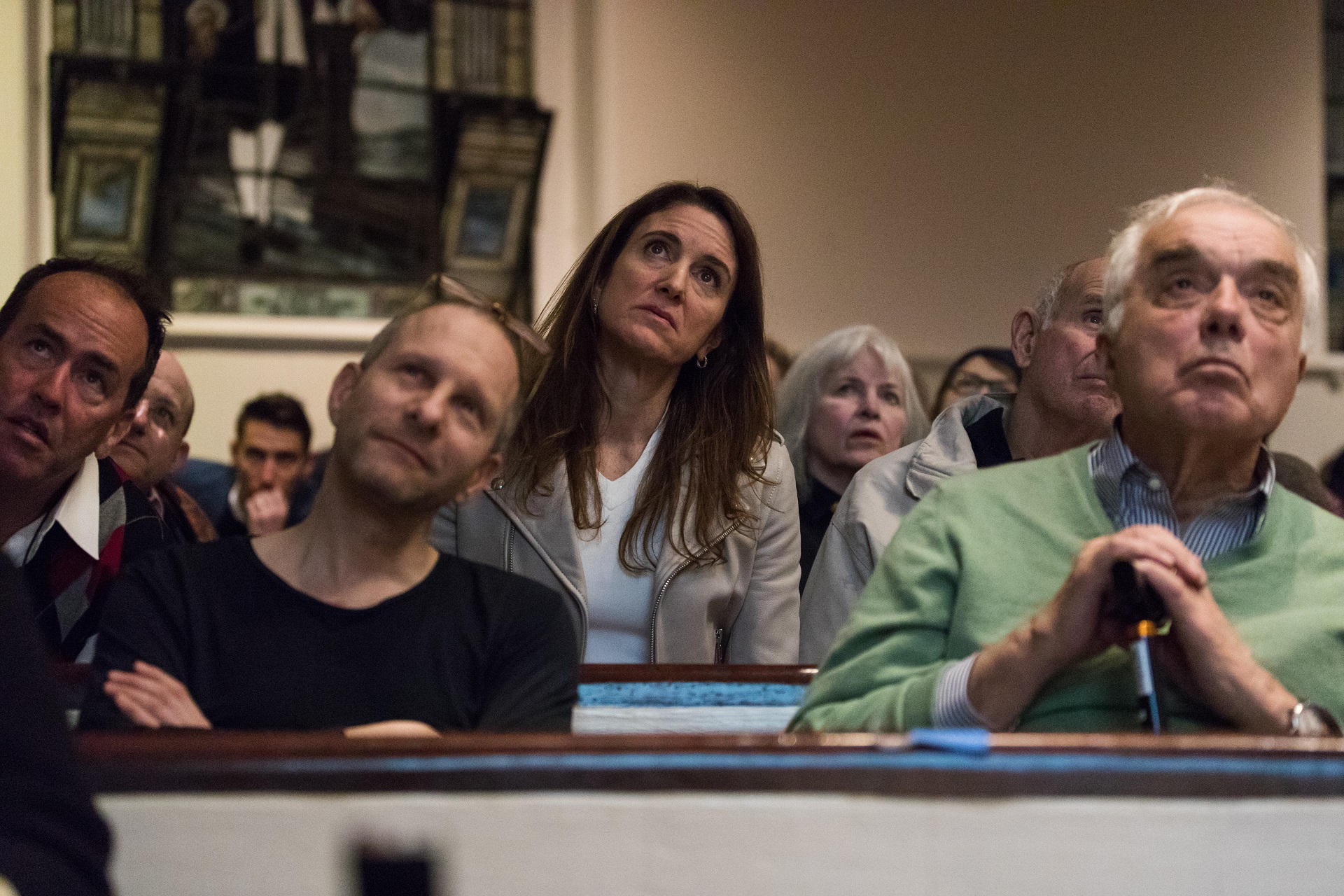BQE rehab brings massive crowd to Brooklyn town hall
BIG's 'Brooklyn-Queens Park' highlighted

Hundreds of Brooklynites packed the Plymouth Church on Wednesday for a town hall centering on the BQE rehab plan. Photo: Paul Frangipane/Brooklyn Eagle
A blockbuster crowd packed a church in Brooklyn Heights Wednesday night to hear proposals for the replacement of a crumbling 1.5-mile section of the BQE.
The turnout was unprecedented. Every one of historic Plymouth Church’s 1,000 seats was filled, and additional attendees were crowded four deep at the back.
The standing-room-only crowd reflected the community’s herculean efforts to thwart the city Department of Transportation’s contentious proposal to run a BQE bypass carrying 153,000 vehicles a day along the Promenade, the soul of the city’s first historic district.

Brooklyn Heights
View MoreRead the Brooklyn Height's Press and Cobble Hill News. Find out more about Brooklyn Height's History here.